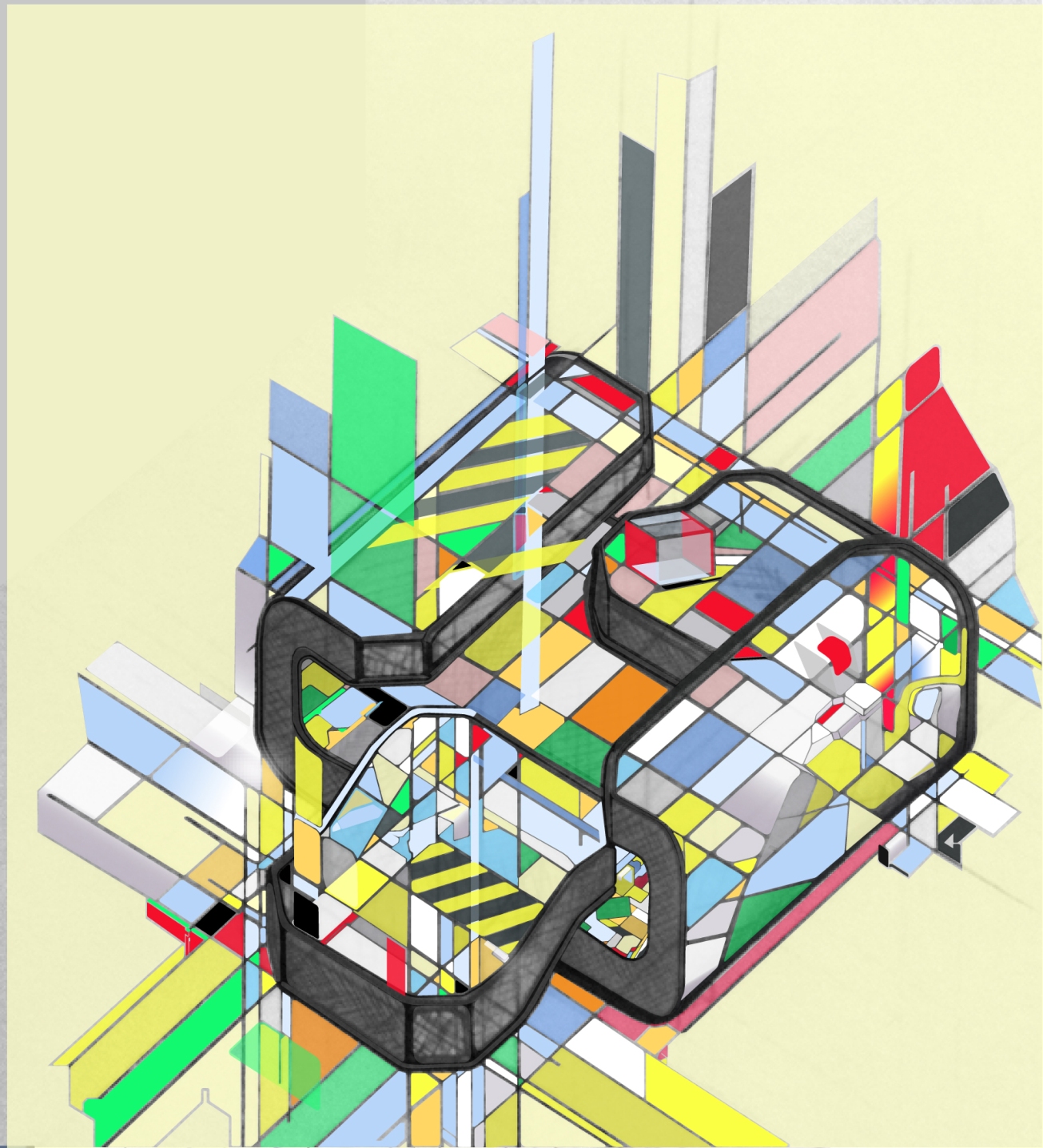Through the process of conceptualizing a carrier for small objects, I realized that a dual-entity product could potentially exist as both an informational presence and physical good, affording compound utilities informed by the duality of the physical and virtual embodiments of what the product is designed to do.
Many consumer products already exist in this form, wherein initial acquisition of a certain good precludes access to correlated information structures and cultural practices. The iPhone is the foremost pervasive archetype, however Bruce Sterling identifies this paradigm of consumer product manufacture more broadly as ‘Spimes’.
The potential utility of such products could position them as amplifiers of the efforts of individuals to effectively impart emotional communication onto others.
Would such ambient goods be more like art than industrial articles, or are the affective capacities of art irreducible to the rote replicability of mass-produced objects?
Now and probably even more in the future, the best kind of goods will become increasingly indissociable from their informational presence, to the extent that such presence can enable novel modes of expression and participation for the user within his or her own world. Were the modes of engaging kindred others sufficiently affecting through a deeply purposive and genuous deployment of communicative technology, it could be seen that these cyborg bits would impart onto their users amplfied capacities to share or express emotion, in the appropriate totality of its power at the precise moment of its requirement.
This drew my attention to familiars, where in Medieval and Early-Modern folklore such supernatural entities were thought to confer onto those in whom they were in service magical powers and capabilities.
There is a possible domain of meaning in a design visualization such as this which could be thought of as drawing into correspondence the augmented perceptions of cyberpunk visualization, with medieval conceits of supernatural subtances or physical actualities. Wikipedia includes a quote from a text describing familiars, which seemed almost formulaic in its precis for the elemental physical characteristics of familiars.
“clearly defined, three-dimensional… forms, vivid with colour and animated with movement and sound”
http://en.wikipedia.org/wiki/Familiars
So it would seem that I had created an image which happened to conform to a basic description crafted by a scholar or writer working more than century ago because the Internet is acting as a vast feedforward mechanism, feeding what happened before back into itself as an input, precluding some potential histories while enacting the commencement of its nacent computational history, one in which its seems a predetermined outcome that the visualization of software and its operating system behaviour will advance along the lines of science fiction films visual effects. The computer-wielding cohort of humanity, piling up and reifying its information trace is even stylizing itself as it goes along, just as the Victorians did. Even if there will be nothing in the future which is essentially different from what we observed in the past as anthropogenic calamities and triumphs are concerned, the act of noting awareness of this condition will demand the computational capacity to render words or concepts on screen. In this medium the foretold familiars can actualize but hopefully with merit, only by signifying their presences via flickering screen elements through which this wierdness would be enacted.
I wonder how far one could go in attempting to allocate more reality to the screenic unreality of such wierdness as sprites which communicate and act with agency. More than three dimensional and appearing to float in space, something that feels like you’re alone in a darkened room with it, like an old dog asleep by the furnace vent. Dual-entity product concepts existing as both a physical good and an informational presence would become more than a Furby doll or similarly impassive bar-coded artifact were they able to project personality, or at least something superior to its artifice. If a familiar were to ever exist because of an implementation of software in some particular medium in which metaphors for personality or affect can be articulated, I think people would intuitively acknowledge it as a good thing but withhold judgement until the benefit is tangible to oneself. It is in the particulars of personality we might experience the peculiarities of odd feelings via familiars, as though the hope to project love or similarly affecting sentiments thereof via some apparatus of human manufacture onto close ones were the same as that which might compel a person to ask the universe for a favour, a yearning for the ultimate bond that technology has never given us. The ultimate functionality of a familiar would be making others aware of the integrity of collective connections despite separation by distance, circumstance or contingency in the darkness of life’s uncertainties.

